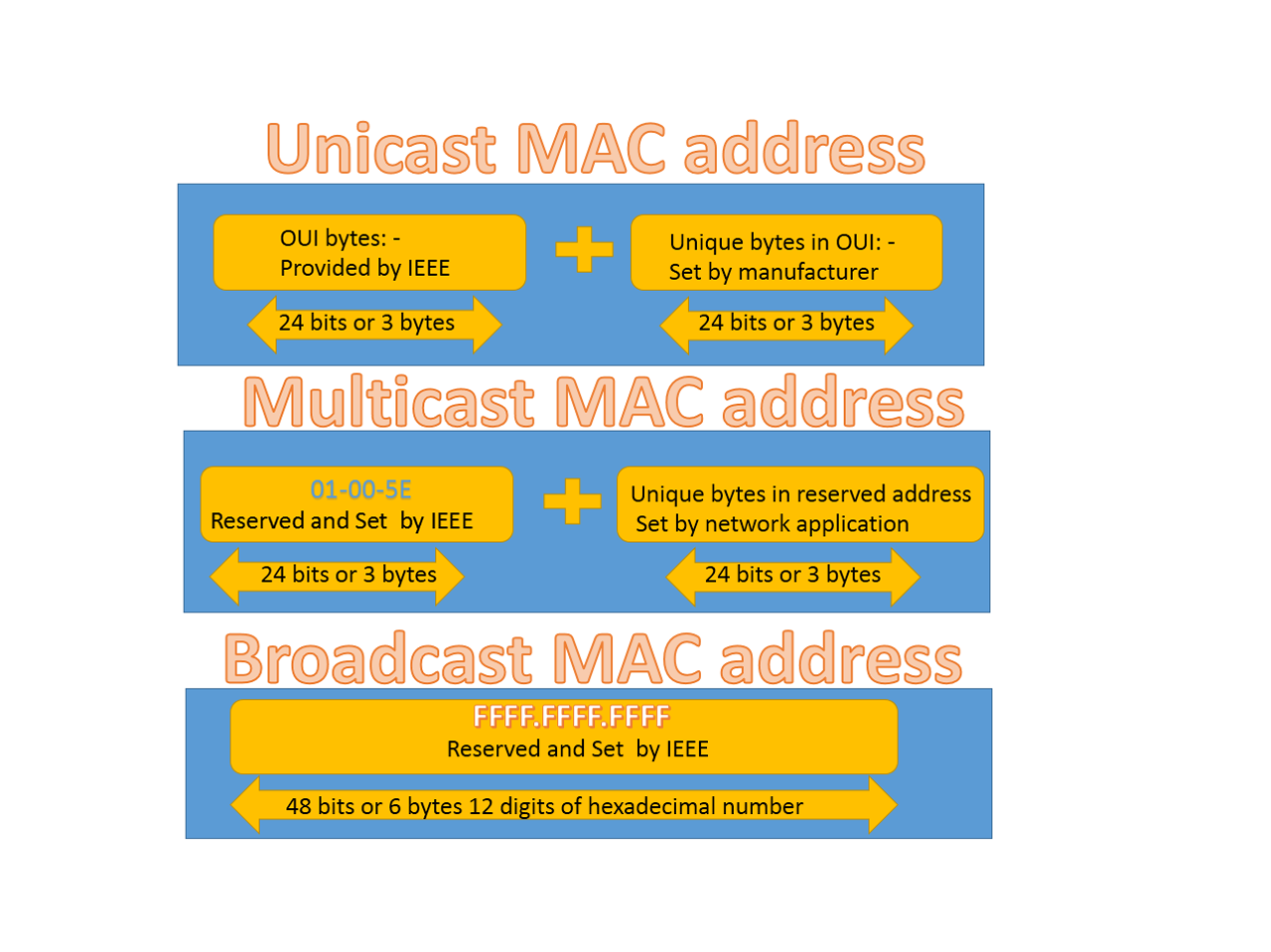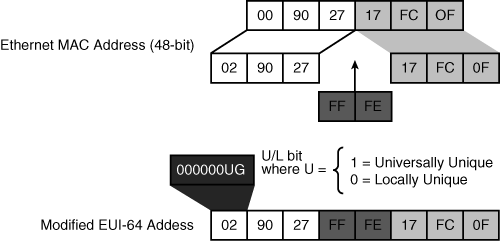
- #48 bit mac address converter software#
- #48 bit mac address converter series#
- #48 bit mac address converter mac#
(Optional) Specifies a CoS value valid values are from 0 to 7. (Optional) Specifies a VLAN ID valid values are from 0 to 4095. (Optional) Name or number of the protocol see below for a list of valid entries for this argument.
#48 bit mac address converter mac#
(Optional) Destination MAC address in the form: dest-mac-address dest-mac-address-mask. Source MAC address in the form: source-mac-address source-mac-address-mask. Permits access if the conditions are matched.ĭenies access if the conditions are matched. (Optional) Deletes a statement from an access list. Table 1 mac access-list extended Command Syntax Syntax Table 1 describes the syntax of the mac access-list extended command. If an extended MAC Access Control List is created using the ] options, these options are ignored. Once you enter the mac access-list extended name command, use the following subset to create or delete entries in a MAC ACL: In systems that are configured with PFC3, if you want to classify all IPX traffic by using a MAC-access list that matches on EtherType 0x8137, use the ipx-arpa or ipx-non-arpa protocol.

You can configure named ACLs that filter Internet Packet Exchange (IPX), DECnet, AppleTalk, Virtual Integrated Network Service (VINES), or Xerox Network Services (XNS) traffic based on MAC addresses (IPX filtering with a MAC ACL is supported only with a Policy Feature Card 3 ).

The following example applies MAC ACL 101 on incoming traffic received on Gigabit Ethernet interface 0: Router> enable Router# configure terminal Router(config)# interface gigabitethernet 0 Router(config-if)# mac access-group 101 in Related Commands CommandĬonfigures an IP access list to be used for packets transmitted from the asynchronous host.ĭisplays the ACL configuration on a Layer 2 interface.ĭisplays the contents of one or all MAC ACLs. Note The mac access-group command is supported on a VLAN subinterface only if a VLAN is already configured on the subinterface.
#48 bit mac address converter series#
On Catalyst 6500 series switches, this command is supported on Layer 2 ports only. If the specified MAC ACL does not exist on the interface or subinterface, all packets are passed.
#48 bit mac address converter software#
If the access list denies the address, the software discards the packet and returns an Internet Control Message Protocol (ICMP) host unreachable message. If the MAC access list permits the address, the software continues to process the packet. After a networking device receives a packet, the Cisco IOS software checks the source MAC address of the Gigabit Ethernet, 802.1Q VLAN, or 802.1Q-in-Q packet against the access list. MAC ACLs are applied on incoming traffic on Gigabit Ethernet interfaces and VLAN subinterfaces. This command was integrated into Cisco IOS Release 12.2(33)SXH. This command was introduced on the Cisco 12000 series Internet router. Subinterface configuration (config-subif) Command History Release No access list is applied to the interface or subinterface. This is a decimal number from 700 to 799.

Number of a MAC ACL to apply to an interface or subinterface (as specified by a access-list (MAC) command). No mac access-group access-list-number in Syntax Description To remove a MAC ACL, use the no form of this command. To use a MAC access control list (ACL) to control the reception of incoming traffic on a Gigabit Ethernet interface, an 802.1Q VLAN subinterface, an 802.1Q-in-Q stacked VLAN subinterface, use the mac access-group command in interface or subinterface configuration mode.


 0 kommentar(er)
0 kommentar(er)
